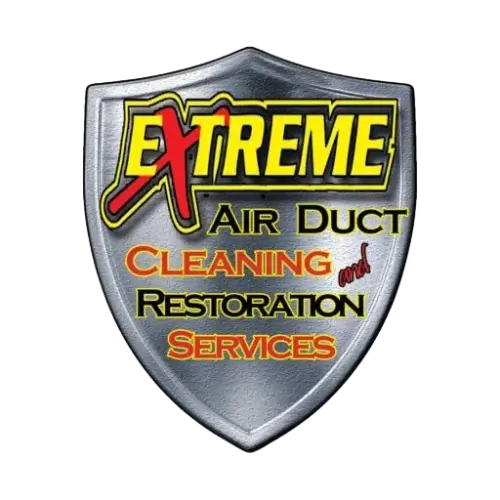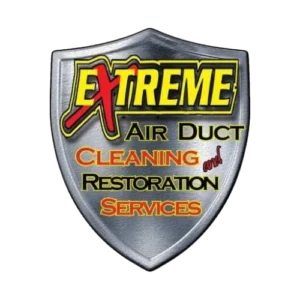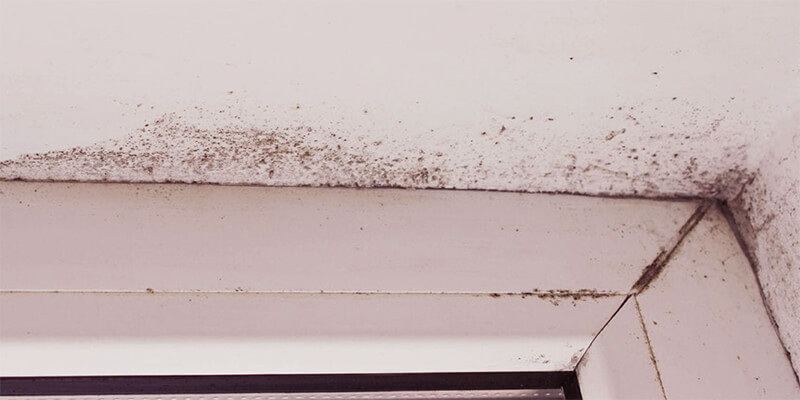Mold in air vents can cause serious health issues and reduce indoor air quality. At Extreme Air Duct Cleaning and Restoration Services, we often receive inquiries about how to test for mold in air vents. Knowing how to detect mold early can help you take necessary actions to maintain a healthy living environment. This guide will cover the importance of mold testing, methods to test for mold, and what steps to take if mold is found.
Why Testing for Mold in Air Vents is Important?
Testing for mold in air vents is crucial for several reasons. Mold spores can circulate throughout your home, leading to respiratory problems, allergies, and other health issues. Moreover, mold can damage your HVAC system and decrease its efficiency. Early detection helps prevent these problems and ensures a safe living space.
Signs of Mold in Air Vents
Before testing, it’s essential to recognize signs that indicate the presence of mold. These signs include:
- Musty Odor: A persistent musty smell in your home.
- Visible Mold: Spots of mold on vent covers or surrounding areas.
- Health Symptoms: Increased allergies, coughing, or respiratory issues.
- Excess Moisture: Condensation or water leaks near air vents.
How to Test for Mold in Air Vents?
Testing for mold in air vents can be done through several methods. Here are the most effective ways:
- Visual Inspection A visual inspection is the first step in identifying mold. Look for visible signs of mold around air vents, ducts, and HVAC components. Use a flashlight to inspect dark and hidden areas.
- Smell Test A musty odor near air vents often indicates mold presence. If you detect such a smell, further testing is warranted.
- Mold Test Kits Mold test kits are available at hardware stores and online. These kits allow you to collect samples from air vents and send them to a lab for analysis. Follow the instructions carefully for accurate results.
- Air Sampling Air sampling involves collecting air samples from different areas of your home to detect mold spores. This method requires specialized equipment and is usually performed by professionals.
- Surface Sampling Surface sampling involves taking samples from suspected mold growth areas. Use a swab or tape to collect samples and send them to a lab for analysis.
- Professional Inspection Hiring a professional mold inspector ensures thorough testing. Professionals use advanced tools and techniques to identify mold and its extent accurately.
Table: Comparison of Mold Testing Methods
| Testing Method | Accuracy | Cost | Ease of Use |
| Visual Inspection | Moderate | Low | Easy |
| Smell Test | Low | Low | Easy |
| Mold Test Kits | High | Moderate | Moderate |
| Air Sampling | Very High | High | Complex |
| Surface Sampling | High | Moderate | Moderate |
| Professional Inspection | Very High | Very High | Professional Only |
Steps to Take If Mold is Found
If mold is detected in your air vents, immediate action is necessary. Follow these steps:
- Turn Off HVAC System: Prevent mold spores from spreading.
- Wear Protective Gear: Use gloves, masks, and eye protection.
- Clean Affected Areas: Use a mixture of water and detergent to clean mold from vents.
- Use Mold Remover: Apply a commercial mold remover for thorough cleaning.
- Fix Moisture Issues: Address any leaks or condensation problems.
- Professional Cleaning: Consider professional cleaning for severe mold infestations.
Preventing Mold Growth in Air Vents
Preventing mold growth is easier than dealing with an existing problem. Here are some preventive measures:
- Regular Maintenance: Schedule regular HVAC maintenance.
- Control Humidity: Keep indoor humidity levels below 60%.
- Improve Ventilation: Ensure proper ventilation in all areas of your home.
- Use Dehumidifiers: Use dehumidifiers in damp areas.
- Clean Vents: Regularly clean air vents and ducts.
Extreme Air Duct Cleaning and Restoration Services
For professional mold testing and air duct cleaning, trust Extreme Air Duct Cleaning and Restoration Services in Houston, TX. Our experienced team uses advanced techniques to ensure your home is mold-free and your air quality is optimal. Contact us today to schedule an inspection and protect your home and health.
FAQs
Q1: What are the health risks of mold in air vents?
A: Mold in air vents can cause respiratory issues, allergies, and other health problems. It can also exacerbate asthma and other pre-existing conditions.
Q2: How often should I test for mold in air vents?
A: Testing for mold should be done annually or whenever you notice signs of mold, such as a musty odor or health symptoms.
Q3: Can I clean mold from air vents myself?
A: You can clean minor mold issues yourself using protective gear and mold removers. However, for extensive mold, professional cleaning is recommended.
Q4: How do professionals test for mold in air vents?
A: Professionals use methods like air sampling, surface sampling, and visual inspection. They have specialized equipment to detect mold accurately.
Q5: What causes mold in air vents?
A: Mold in air vents is caused by excess moisture, leaks, and high humidity. Poor ventilation and lack of maintenance can also contribute.
Q6: Is mold in air vents a common problem?
A: Yes, mold in air vents is a common issue, especially in humid climates. Regular maintenance and inspections can help prevent it.
Q7: How can I prevent mold in my air vents?
A: Prevent mold by controlling humidity, improving ventilation, using dehumidifiers, and scheduling regular HVAC maintenance.
Conclusion
Testing for mold in air vents is crucial for maintaining a healthy home environment. At Extreme Air Duct Cleaning and Restoration Services, we recommend regular inspections and prompt action if mold is detected. With our professional services, you can ensure your air ducts are clean and your indoor air quality is safe. Contact us today to learn more about our services and schedule an appointment.


